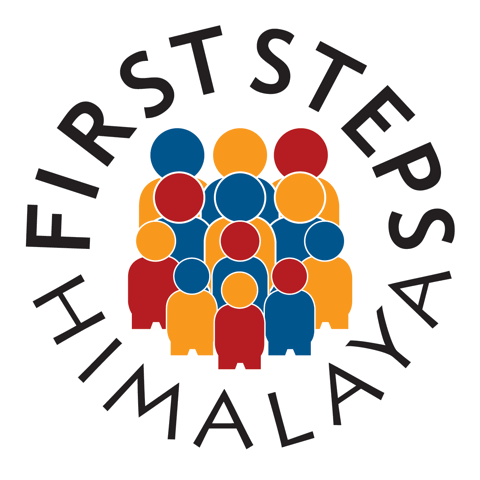It is completely impossible to travel in Nepal and not experience some of the bumpiest, roughest roads you will ever come across. Even the main streets of tourist hubs Kathmandu and Pokhara are littered with potholes. However, once you travel into the regions, roads get worse and worse.
Unfortunately, bad infrastructure is inevitable in a poor, developing country and is exacerbated in the case of Nepal due to its dysfunctional government and mountainous terrain. The 2011 Nepal Living Standards Survey - one of the most recent surveys of its kind - reported that the vast majority of Nepalis living in rural areas thought that their roads were unsatisfactory. In fact, only 12% of Nepalis, both urban and rural, classified the road they lived on as a “good road”.
FSH project vehicle in Nuwakot
Literally rebuilding the road in front of the jeep to get by.
Road access opens up opportunities for education, food and access to healthcare, making it an important way for rural villages to be connected to the rest of Nepal and the wider world. However, this interconnectedness can have its downfalls.
Pediatrician and academic Ramesh Adhikari makes the point that remote villages unconnected to the road network can actually have better nutrition indicators than more connected areas, as they eat the nutritious food they grow instead of selling it. He emphasises that this should not stop people from building roads to these areas, rather, stating that local agriculture and nutrition education should be prioritised in conjunction with new construction.
However, one of the biggest problems in rural Nepal is the lack of planning that goes into rural roads built on fragile shifting soil. Villagers often build roads without considering the impact it will have on soil conditions. Therefore, the risk of landslides ( particularly in monsoon months) has increased dramatically over the last 15 years. Although other factors such as heavy rainfall and tectonic movement come into play, the number of frequent and deadly landslides could be reduced with proper planning and construction.
Rough village roads are often only accessed by trucks or 4 wheel drive vehicles
Landslides often resulting from heavy rain on poorly planned rural roads.
The rough condition of Nepal’s rural roads adds a major challenge to organisations working in schools in such remote areas. Sometimes it may take several hours, even a whole day of travel, just to get from one school to another. Often, it is actually impossible for vehicles to even reach certain schools, making it necessary to walk up steep hills to reach them.
Recently, FSH Founding Director Durga Aran and his daughter Rhona could not get the car up a dusty section of road in rural Sindhupalchok. They had to abandon the vehicle in the middle of nowhere and walk the rest of the way up the hill (pictured below).
International aid focusing on road construction brings in trillions of dollars, opening up opportunities for wide scale corruption. Whilst central government woos the rural population with the promise of roads, there is so much to be considered for the road to have a positive impact on the communities that it serves.
For more information on the work of First Steps Himalaya click here.











